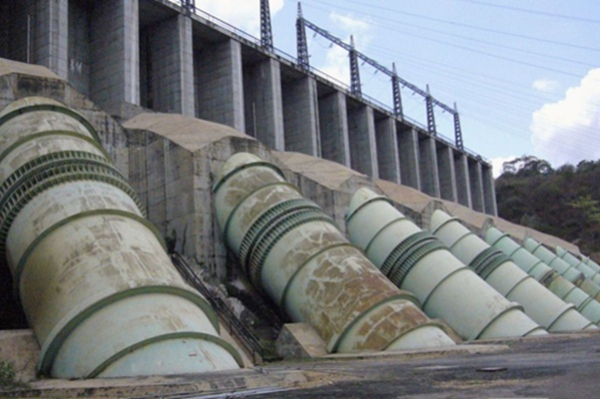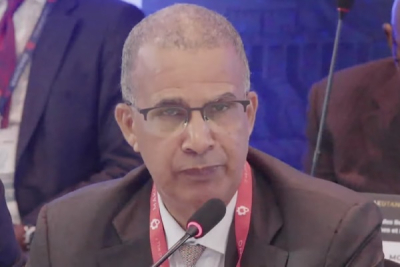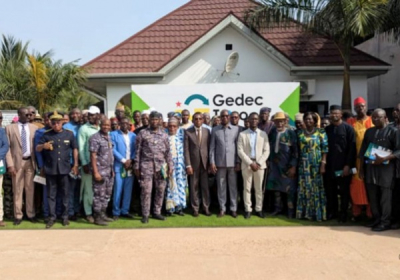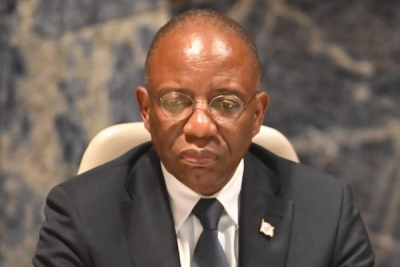Between 2023 and 2024, power output in the Democratic Republic of Congo (DRC) rose by 303.1 gigawatt-hours (GWh) or 3.04%. According to the country’s power utility, the ARE, hydropower plants, such as the Inga I and II plants, mostly drove the increase. The source, the ARE’s annual report, the DRC’s power output rose by 9.8% from 2020 to 2024.
Despite this progress, the DRC’s total electricity output remains remarkably low, reaching just 13.6 terawatt-hours (TWh) in 2024. For perspective, this is equivalent to only about 11 days of electricity consumption in France, a country that has undergone significant deindustrialization. In contrast, South Africa, the regional leader in sub-Saharan Africa, distributed 178.68 TWh in the first 10 months of 2024 alone. That is 13.7 times the DRC’s annual production.
The ARE notes that its data still requires refinement to “accurately reflect the sector's reality relative to power production.” However, these figures highlight efforts to achieve Sustainable Development Goals (SDGs) and industrialize its economy, particularly by transforming its abundant mining resources into higher-value products locally.
Based on estimations integrating transmission losses, estimated at 46%, Bankable found that the available electricity barely covers the basic needs of urban and rural households, which require around 8 TWh annually.
Undertapped Potential
To overcome this, the Congolese government allowed the private sector to step into the country’s supply chain. Since 2020, 37 new projects led by private investors have been authorized, representing a potential installed capacity of 4,125.1 megawatts (MW). According to the ARE, these projects could boost the DRC’s total installed capacity to 6,988 MW by 2030. They include thermal(using generators), hydropower, and import projects.
Solar energy is a standout area, with 67% of authorizations focused on photovoltaic projects, offering a projected capacity of 2,721 MW. The DRC also boasts immense hydroelectric potential, estimated at 100,000 MW, capable of producing between 438 and 525 TWh annually under optimal conditions. Solar energy, with its promising prospects, could reach up to 746 TWh per year if fully exploited. Biomass and natural gas also represent high-potential sectors, although their development is still limited.
However, the DRC still faces significant challenges: reducing network losses, modernizing aging infrastructure, and attracting more investment. Millions of Congolese lack reliable access to electricity, a reality that also presents an investment opportunity. The market for cooking energy alone absorbs nearly $4 billion annually, primarily for charcoal purchases.
This article was initially published in French by Georges Auréole Bamba
Edited in English by Ola Schad Akinocho










